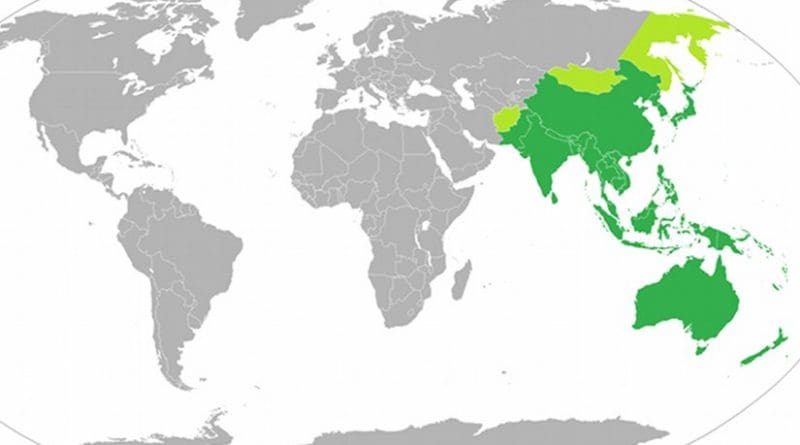Implementing Digital Trade Facilitation Could Cut Trade Costs In Asia-Pacific By $673 Billion Annually
According to the Digital Trade Facilitation in Asia and the Pacific report launched today by the United Nations Economic and Social Commission for Asia and the Pacific (ESCAP), full implementation of the World Trade Organization’s (WTO) Trade Facilitation Agreement (TFA) together with other digital trade facilitation or paperless trade measures is projected to reduce trade costs in Asia and the Pacific by 26 per cent – or $673 billion of savings every year.
The report shows that potential trade cost reductions for all ASEAN countries exceed 15 per cent, with Indonesia, Cambodia and Viet Nam seeing sharpest reductions. Potential trade cost reductions in South Asia exceed 20 per cent in all countries of that subregion, including in India and Sri Lanka. Least Developed Countries and Pacific Island countries, such as Bangladesh and Samoa, have the most to gain, with trade cost reductions from digital trade facilitation exceeding 30 per cent.
Digital trade facilitation refers to the application of modern information and communications technologies (ICTs) to procedures involved in moving physical goods across borders. Implementing digital trade facilitation including paperless trade measures, to the level currently seen in China could increase the region’s annual GDP by more than 3.8 per cent, and its exports by 11.2 per cent by 2030. At the same time, the report notes that achieving cross-border paperless trade is expected to be a long and complicated process, and it cannot be achieved without close collaboration between countries.
The report also finds that more than half of the regional trade agreements (RTAs) which have entered into force since 2005 globally include paperless trade provisions, with a large majority of these agreements now featuring one or more commitments aiming to exchange trade-related data and information electronically. Recent RTAs such as Republic of Korea-Viet Nam Free Trade Agreement (FTA), Australia-China FTA, among others, are found to go further than the WTO TFA in promoting digital trade facilitation and the application of modern ICTs to trade procedures.
“Trade facilitation is about making trade easier for all,” said UN Under-Secretary-General and Executive Secretary of ESCAP Dr. Shamshad Akhtar. “Countries need to work closer together to streamline and digitalize trade procedures.”
“The Framework Agreement on Facilitation of Cross-border Paperless Trade in Asia and the Pacific, can support this process. I am pleased to see so many countries coming together this week to support drafting of an implementation roadmap for this agreement.” she added, noting that Bangladesh, Cambodia, China, Armenia, and the Islamic Republic of Iran formally signed the UN treaty in 2017.
The Framework Agreement on Facilitation of Cross-border Paperless Trade in Asia and the Pacific is fully dedicated to the digitalization of trade processes and enabling the seamless electronic exchange and legal recognition of trade-related data and documents across borders, rather than only between stakeholders located in the same country.
Developed by a diverse group of more than 25 Asia-Pacific economies at very different stages of development over four years, the Framework Agreement is designed as an inclusive and enabling platform that will benefit all participating economies regardless of where they stand in terms of trade facilitation implementation. Implementation of the Agreement is expected to greatly reduce transaction time and costs as well as increase regulatory compliance. Importantly, it will enable countries that have already initiated work at the bilateral or subregional levels to leverage that work and ensure that emerging regional and multilateral solutions more fully take into account existing work.
The report was launched at the Intergovernmental Steering Group on Cross-border Paperless Trade Facilitation this week, where senior officials from 25 countries made considerable progress on a draft road map, which outlines the necessary actions for successful implementation of the Framework Agreement.

